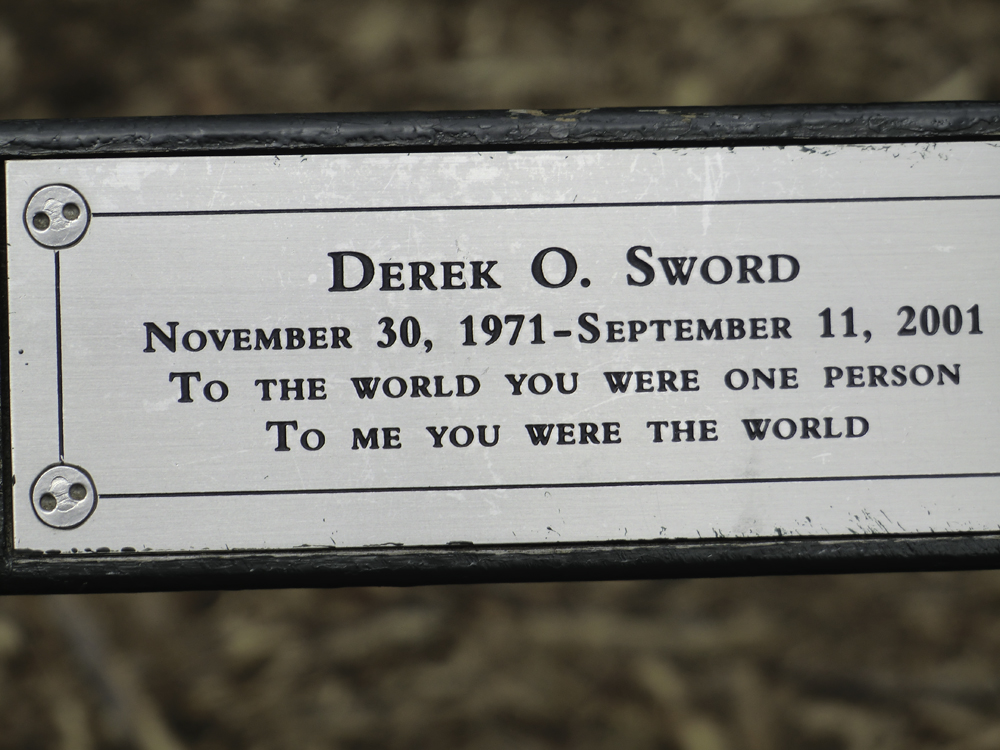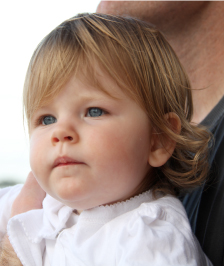Calliope
I am the co-minder of our granddaughter, Calliope, while her parents are in Alaska. The original Calliope was the Greek muse of epic poetry, She was Homer’s muse almost 3000 years ago when he composed the first enduring works of Western literature. The current Calliope is almost 2. Sometimes when I am with our granddaughter, I think of the future and wonder about the world she will inherit from us. This morning I think of the long arc of history between the first Calliope and ours, and how, through all the immense upheavals and changes in that history, our urge to tell stories and pass them on, to try to make sense of the world and our role in it, of war and peace, of love and death, has persisted. It is our culture, our guide for understanding our past and for charting our future.
Every politician who has ever run for office has talked about making the world a better place for the generations to come. But their conception of the future is too often how much of it they can sacrifice to protect their next election. Long term? It took Odysseus 12 years to get home – the equivalent of six terms in the House.
The promise of Barack Obama, at least for me, was that we could have a longer and a larger view – one that bridged the old divides that threatened to destroy us: race, wealth and poverty, religion, environmental destruction. I believe we can get there. For Calliope’s sake, I know that we must.


